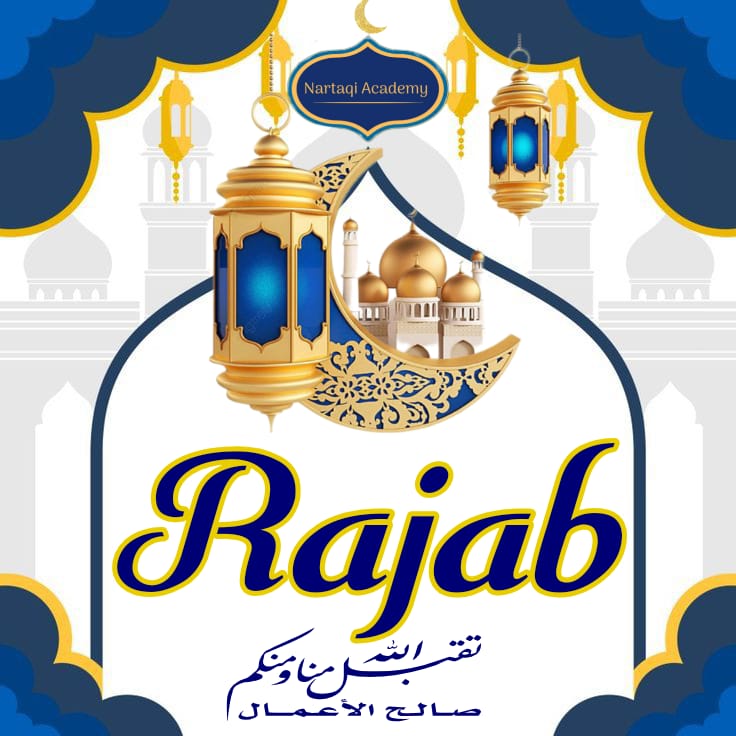Hijab is a traditional covering worn by Muslim women. It is an important aspect of Islamic culture and is worn as a symbol of one's devotion to Allah. The hijab covers the head and body, leaving only the face exposed.
The Qur'an, the holy book of Islam, contains several verses that discuss the importance of modesty and dressing modestly. One such verse, Surah Al-Ahzab 33:59, states: "O Prophet, tell your wives and daughters and the believing women to draw their outer garments around them (when they go out or are among men)." This verse is often interpreted to mean that Muslim women should cover their heads and bodies in the presence of men who are not their relatives.
Additionally, there are Hadith Sahih (authentic sayings of the Prophet Muhammad) that support the wearing of hijab. For example, in Sahih Bukhari, the Prophet Muhammad is reported to have said: "Allah does not accept the prayer of a woman who has reached puberty unless she is wearing a Hijab." This Hadith highlights the importance of hijab in the practice of Islam.
Hijab is not only a physical covering but also a symbol of one's faith and a reminder to maintain modesty and piety at all times. It is a way for Muslim women to express their devotion to Allah and to honor their religious beliefs.
It is important to note that the wearing of hijab is not a personal choice , it's obligatory "fard" for all Muslim women. Hijab is considered to be a sign of respect and obedience to Allah.
In conclusion, hijab is an important aspect of Islamic culture and is worn by Muslim women as a sign of modesty and piety. The Qur'an and Hadith Sahih provide support for the wearing of hijab as a way for Muslim women to express their devotion to Allah and to honor their religious beliefs.




.png)
.png)
.png)

.png)


.png)



